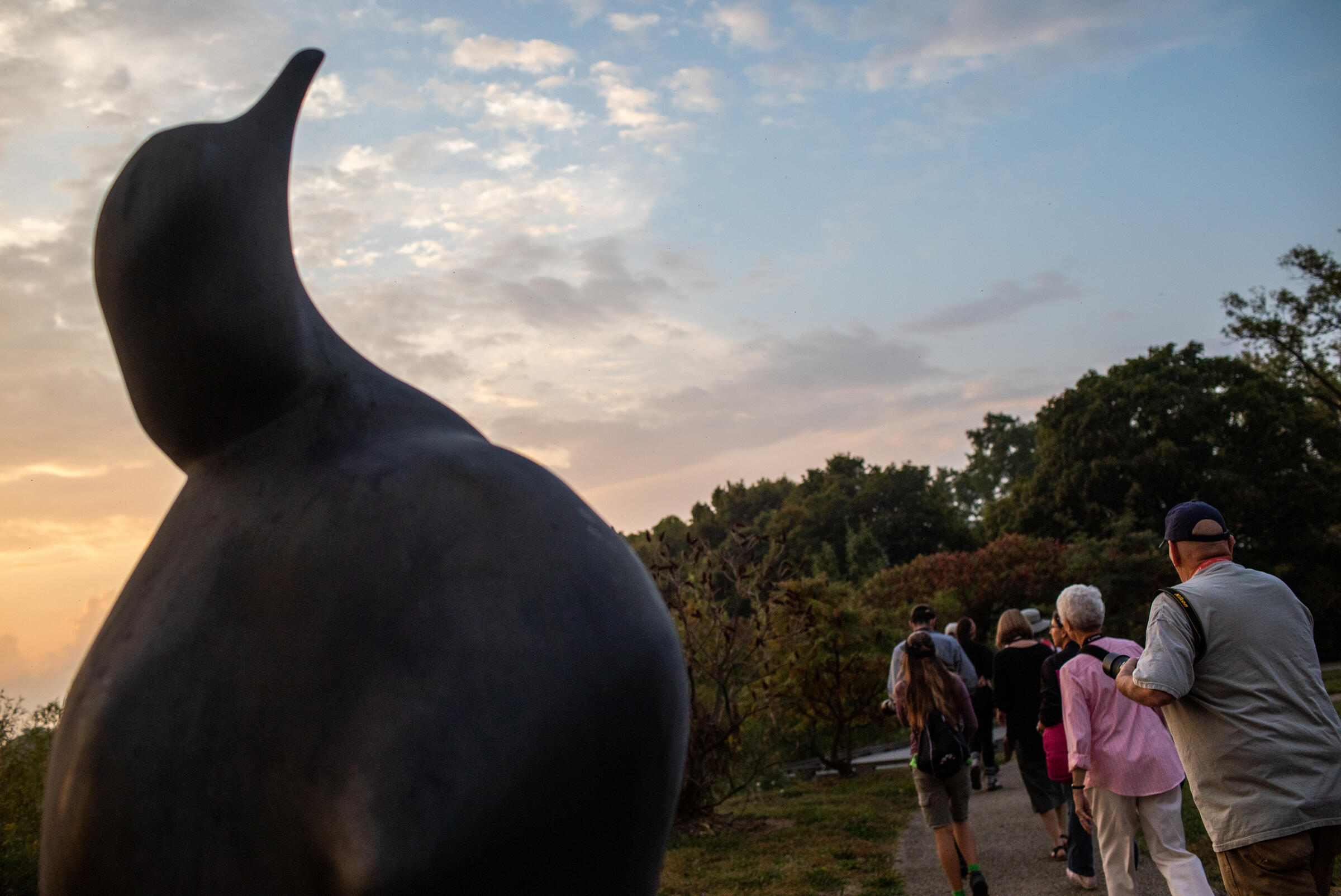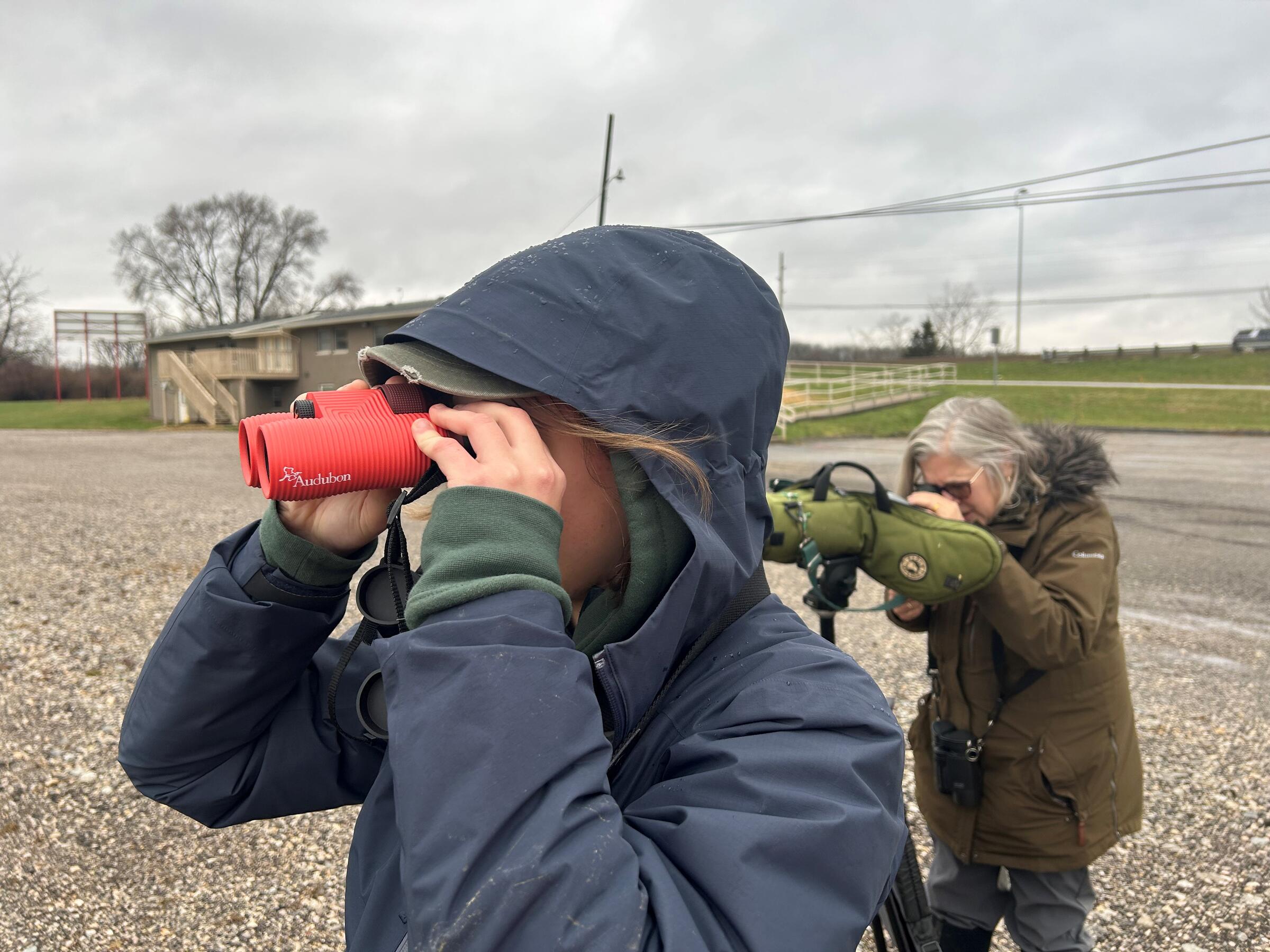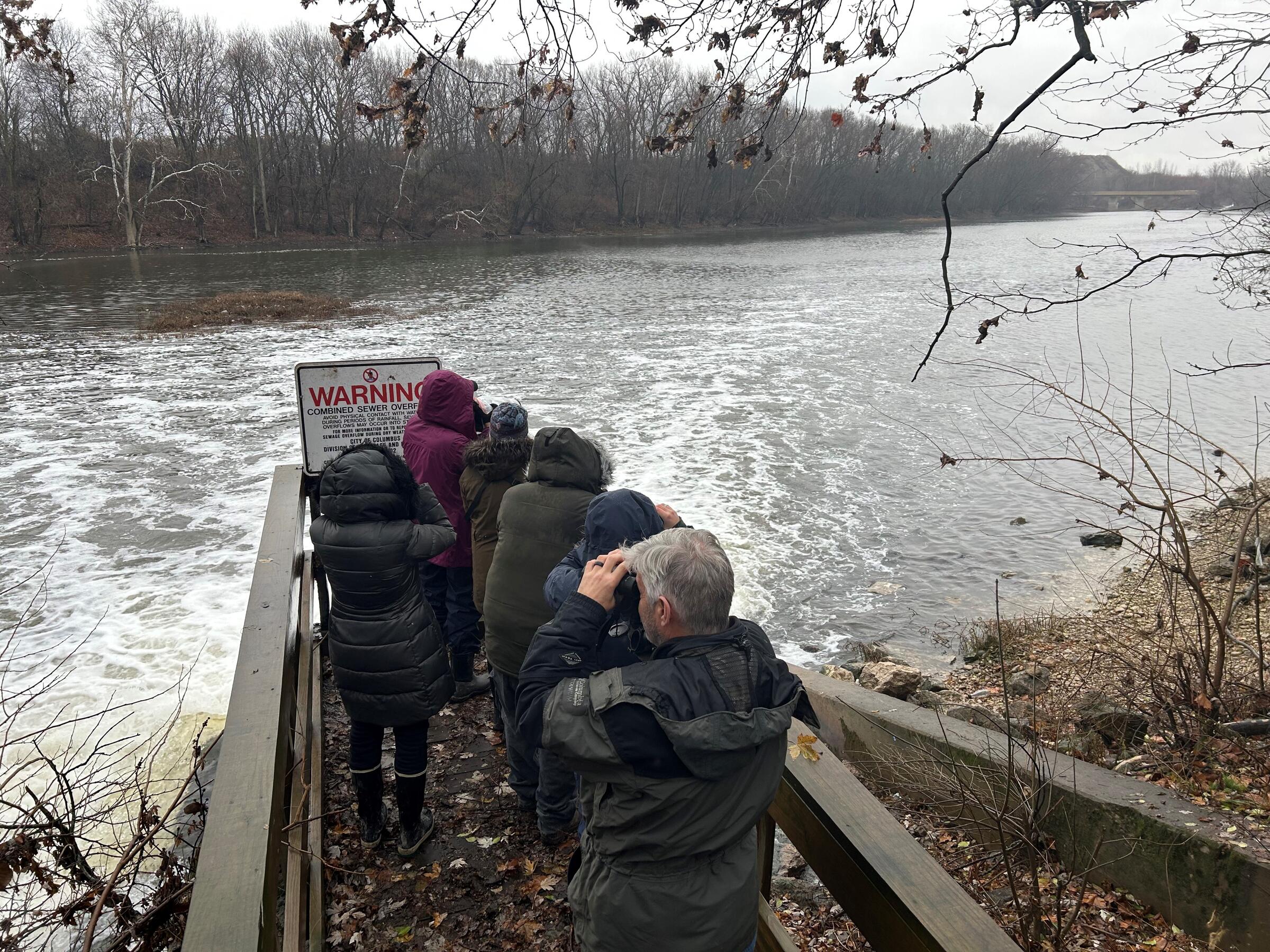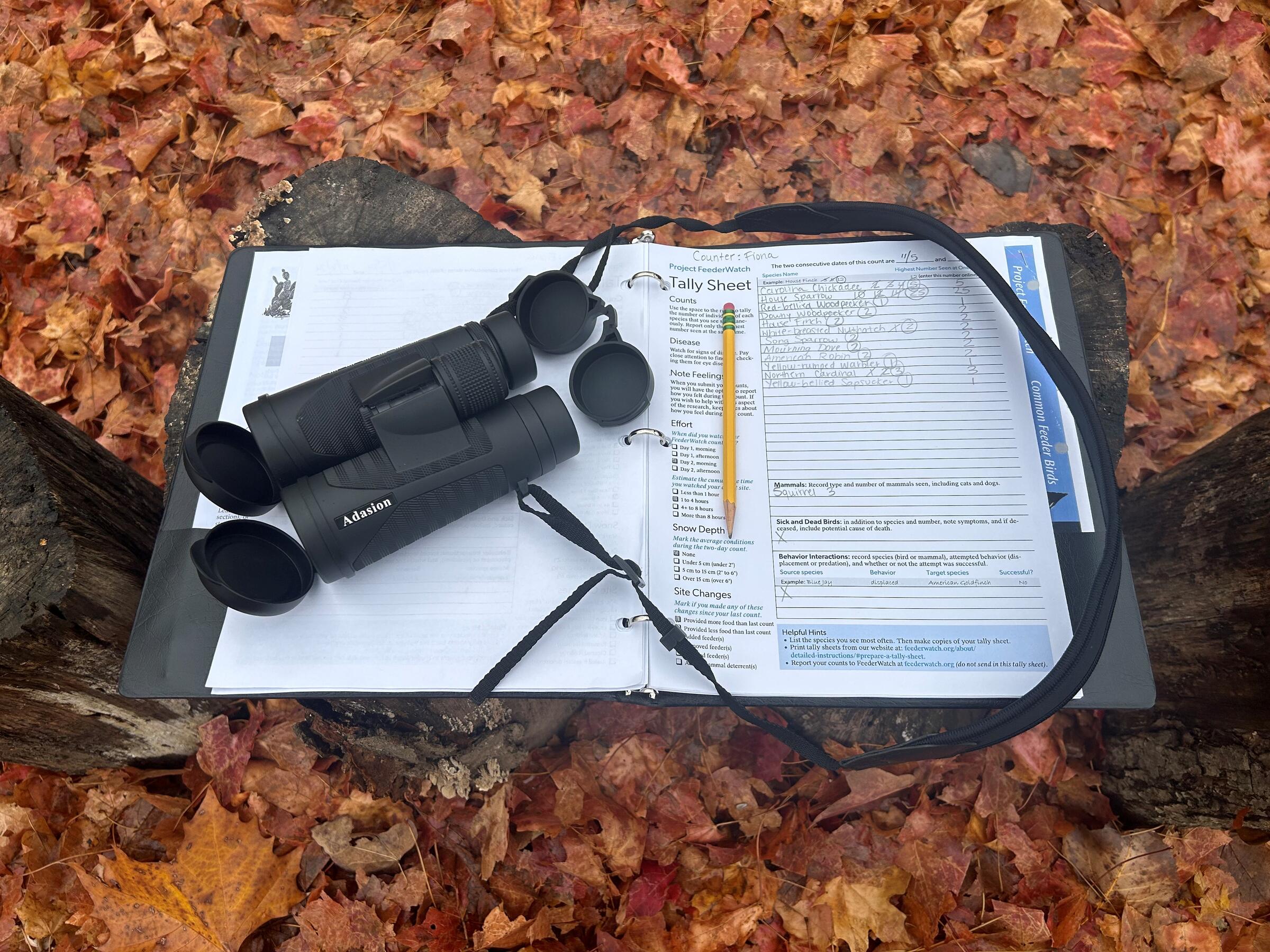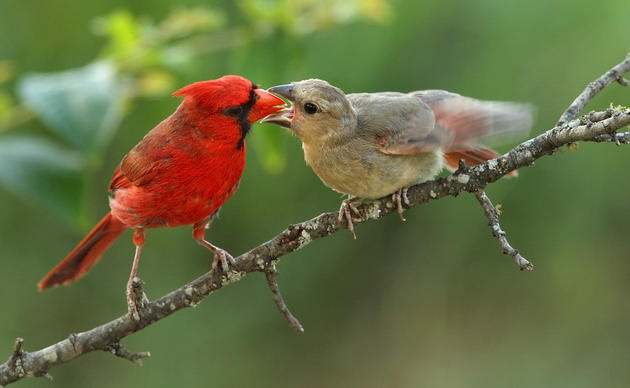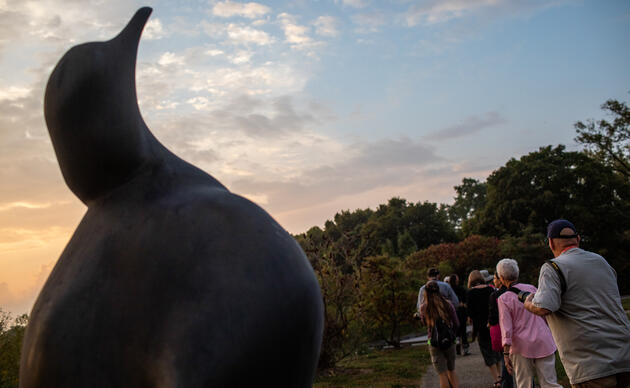More than a century ago, Audubon pioneered the idea of community science with the first Christmas Bird Count. Today the longest-running wildlife census in the hemisphere continues to shape and inform our approach to conservation, providing vital information about bird populations and trends, data that alerts us to environmental threats not only to birds but to the larger ecosystems we all depend on. As partners with the Cornell Lab of Ornithology and eBird, Audubon has helped transform community science into an everyday activity for tens of thousands of birders. Their observations, reported online anytime and from anywhere throughout North America, provide an ongoing assessment of bird populations that is fast becoming an invaluable resource for conservation.
Grange Insurance Audubon Center participates in a number of community science initiatives throughout the year. Explore the examples below to learn more and see how you can get involved!
The Christmas Bird Count (CBC) is the nation's longest running community science bird project. From December 14 through January 5 each year, tens of thousands of volunteers throughout the Americas brave the winter weather and take part in the effort. Audubon and other organizations use data collected in this wildlife census to assess the health of bird populations, and to help guide conservation action.
Explore how to take part in a CBC count near you here. Or, to take part in the count that birds Scioto Audubon Metro Park and the surrounding areas, reach out to fiona.mccarthy@audubon.org for more information!
The Great Backyard Bird Count (GBBC) is a free, fun, and easy event that engages bird watchers of all ages in counting birds to create a real-time snapshot of bird populations. Participants are asked to count birds for as little as 15 minutes (or as long as they wish) on one or more days of the four-day event and report their sightings online at birdcount.org. Anyone can take part in the Great Backyard Bird Count, from beginning bird watchers to experts, and you can participate from your backyard, or anywhere in the world.
Join Grange Insurance Audubn Center to count for the GBBC February 13-16 2026! Details will be available closer to the event, or reach out to fiona.mccarthy@audubon.org for more information.
This community science program explores how North American birds are responding to climate change. Since 2016, Climate Watch volunteers have collected data which Audubon scientists are able to use to document in peer reviewed research that birds are responding to climate change and shifting their ranges. During winter (January 15 to February 15) and summer (May 15 to June 15) each year, you can join us in this fight by observing birds in your area, using our specific protocol, and helping us learn about how birds are responding to the changing climate.
Reach out to local coordinator Fiona McCarthy at fiona.mccarthy@audubon.org to learn about how you can participate.
Beginning each November, Project FeederWatch turns your love of feeding birds into scientific discoveries. FeederWatch is a winter-long (November-April) survey of birds that visit feeders at backyards, nature centers, community areas, and other places throughout North America. This survey helps scientists track long-term trends in bird distribution and abundance.
Granger Insurance Audubon Center holds FeederWatch counts throughout the winter, and includes the citizen science project in our winter Conservation Classroom sessions.
Every spring and fall, millions of birds migrate throuh Ohio on their way to or from their breeding grounds. Many birds migrate at night, and lights on tall buildings or aimed at the sky can disorient them and draw them into the buildings. This causes many birds to strike windows or circle buildings until they fall from exhaustion. Lights Out programs provide an opportunity to reduce the number of collision-related kills, and have been successful in a number of cities across the U.S. We are looking for volunteers to help collect injured and deceased birds from the grounds of downtown Columbus buildings during peak migration months (from the middle of March to late May, and from mid-August through the end of October). Any live birds will need to be transported to the Ohio Wildlife Center for care and treatment through their rehabilitation program. All deceased birds will be processed by the OSU-Museum of Biological Diversity and used for research purposes.
If you are interested in volunteering please contact Fiona McCarthy at fiona.mccarthy@audubon.org!
How you can help, right now
Volunteer
Whether you have a little time once in a while or are looking for something more regular, we've got an opportunity for you! We couldn't carry our mission forward without great volunteers!
Membership
When you join us, you become a member of the National Audubon Society, Columbus Audubon (CA), and the Grange Insurance Audubon Center (GIAC)! Memberships start as low as $30!
Donate
Gifts to the Grange Insurance Audubon Center help support the work of educating children and adults, connecting people with nature and maintaining our conservation facility.

